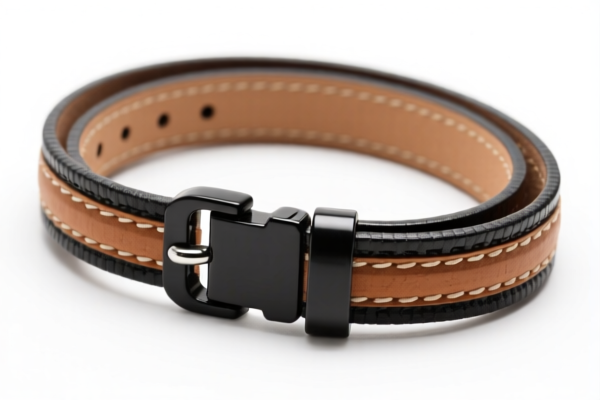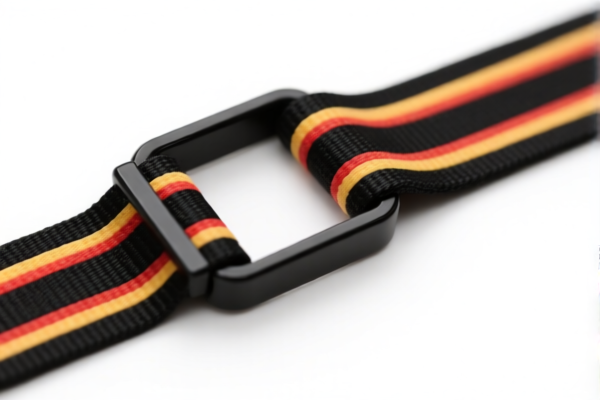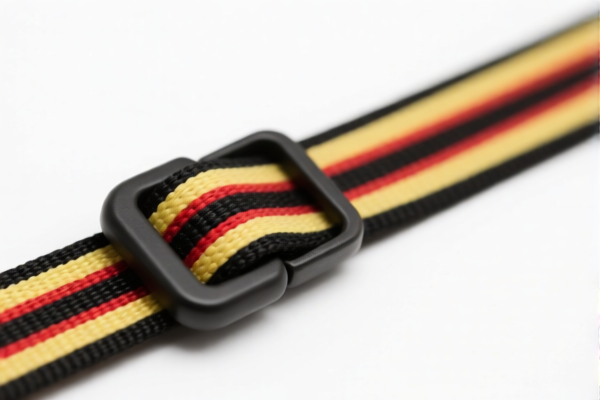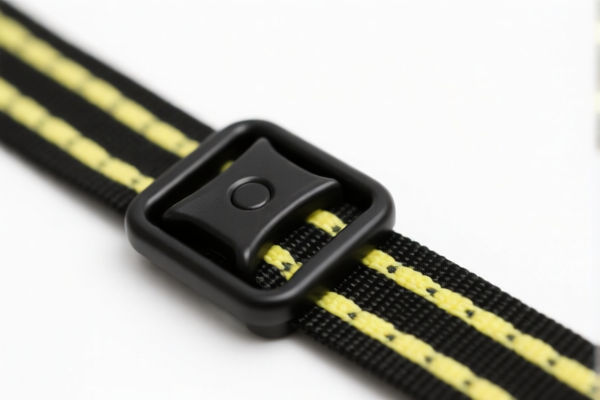| HS Code | Official Doc | Tariff Rate | Origin | Destination | Effective Date |
|---|---|---|---|---|---|
| 9503000090 | Doc | 30.0% | CN | US | 2025-05-12 |
| 9503000071 | Doc | 30.0% | CN | US | 2025-05-12 |
| 8308909000 | Doc | 57.7% | CN | US | 2025-05-12 |
| 8308906000 | Doc | 58.9% | CN | US | 2025-05-12 |
| 8306100000 | Doc | 35.8% | CN | US | 2025-05-12 |
| 8306290000 | Doc | 30.0% | CN | US | 2025-05-12 |
| 7312100500 | Doc | 80.0% | CN | US | 2025-05-12 |
| 7312102000 | Doc | 80.0% | CN | US | 2025-05-12 |
| 7326110000 | Doc | 80.0% | CN | US | 2025-05-12 |
| 7326908688 | Doc | 82.9% | CN | US | 2025-05-12 |
| 8425110000 | Doc | 55.0% | CN | US | 2025-05-12 |
| 8425190000 | Doc | 55.0% | CN | US | 2025-05-12 |




Band Tightener
A band tightener is a tool used to apply tension to banding materials, typically steel or plastic straps, to secure objects together. These tools are employed across a wide range of industries for bundling, packaging, and reinforcing.
Material:
- Steel: Steel band tighteners are robust and suitable for heavy-duty applications requiring significant holding power. They are often used in construction, shipping, and warehousing.
- Plastic: Plastic band tighteners are lighter, corrosion-resistant, and often used for lighter-duty applications like securing boxes, bundling documents, or agricultural purposes.
- Tool Construction: The tools themselves are commonly made from steel, aluminum, or durable plastic compounds.
Purpose:
The primary purpose of a band tightener is to create a secure and reliable closure around objects using banding material. This ensures items are held together during transport, storage, or for organizational purposes.
Function:
Band tighteners function by drawing the banding material tight around the object and then creating a mechanical closure. The method of closure varies depending on the type of tightener:
- Buckle Tighteners: These use a buckle mechanism to secure the band. The band is fed through the buckle, tightened, and then the buckle is locked.
- Wedge Tighteners: These use a wedge-shaped tool to create friction and tension within the band.
- Combination Tools: Some tools combine tightening and cutting functions, allowing for complete band application and removal.
- Power Tools: Pneumatic or battery-powered band tighteners automate the process, offering faster and more consistent results for high-volume applications.
Usage Scenarios:
- Shipping and Logistics: Securing cargo on pallets, in containers, or during transport.
- Warehousing: Bundling items for storage and organization.
- Construction: Securing building materials, pipes, or equipment.
- Agriculture: Bundling crops, hay bales, or securing agricultural products.
- Manufacturing: Packaging finished goods or securing components during assembly.
- Home & Garden: Organizing items in garages, sheds, or for general household use.
Common Types:
- Manual Band Tighteners: These are hand-operated tools, requiring physical effort to tighten the band. They are cost-effective for low-volume applications.
- Rack Buckle Tighteners: These use a ratcheting mechanism to tighten the band. They are relatively easy to use and provide good tension control.
- Pneumatic Band Tighteners: Powered by compressed air, these tools offer fast and efficient tightening for high-volume applications. They require an air compressor.
- Battery-Powered Band Tighteners: These offer portability and convenience, ideal for applications where compressed air is not available.
- Combination Band Tighteners: These tools combine tightening, cutting, and sometimes crimping functions into a single device.
- Plastic Banding Tools: Specifically designed for use with plastic banding material, often using a buckle closure system.
Based on the provided information, “band tightener” can be classified under the following HS codes:
- 8308909000: This HS code covers clasps, frames with clasps, buckles, buckle-clasps, hooks, eyes, eyelets and the like, of base metal, of a kind used for clothing or clothing accessories, footwear, jewelry, wrist watches, books, awnings, leather goods, travel goods or saddlery or for other made up articles; tubular or bifurated rivets, of base metal; beads and spangles, of base metal: Other, including parts: Other. This is applicable if the band tightener is made of base metal and used for securing bands in various applications like clothing, luggage, or other articles.
- 8308906000: This HS code covers clasps, frames with clasps, buckles, buckle-clasps, hooks, eyes, eyelets and the like, of base metal, of a kind used for clothing or clothing accessories, footwear, jewelry, wrist watches, books, awnings, leather goods, travel goods or saddlery or for other made up articles; tubular or bifurated rivets, of base metal; beads and spangles, of base metal: Other, including parts: Buckles and buckle clasps, and parts thereof. If the band tightener specifically functions as a buckle or buckle clasp, this code is relevant.
- 7326908688: This HS code covers Other articles of iron or steel: Other: Other: Other: Other. This code applies if the band tightener is made of iron or steel and doesn't fall into more specific categories within Chapter 73.
Tax Rate Details:
- 8308909000: The base tariff is 2.7%, with an additional tariff of 25.0%. After April 2, 2025, an additional tariff of 30.0% will be applied, resulting in a total tariff of 57.7%.
- 8308906000: The base tariff is 3.9%, with an additional tariff of 25.0%. After April 2, 2025, an additional tariff of 30.0% will be applied, resulting in a total tariff of 58.9%.
- 7326908688: The base tariff is 2.9%, with an additional tariff of 25.0%. After April 2, 2025, an additional tariff of 30.0% will be applied, resulting in a total tariff of 82.9%.
Important Note: For HS code 7326908688, please note that the material is iron or steel, and an additional tariff of 25% applies to steel and aluminum products.
Customer Reviews
No reviews yet.